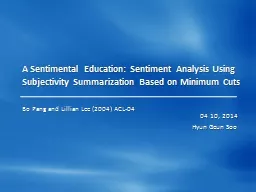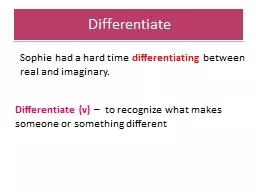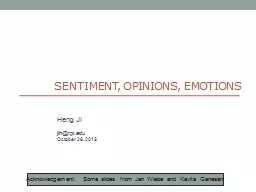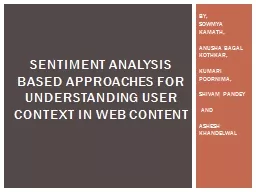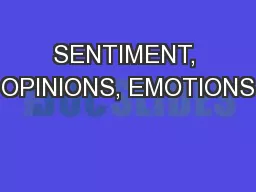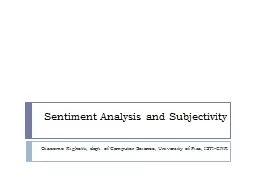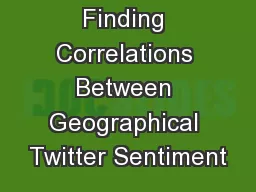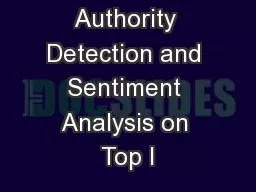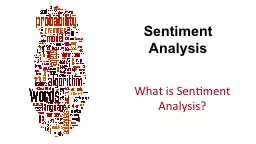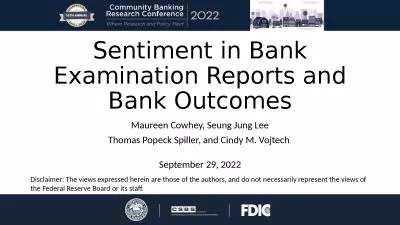PPT-A Sentimental Education: Sentiment Analysis Using Subjectiv
Author : celsa-spraggs | Published Date : 2016-07-21
04 10 2014 Hyun Geun Soo Bo Pang and Lillian Lee 2004 ACL04 Outline Introduction Method Evaluation Framework Experimental Results Conclusions Intro Sentiment analysis
Presentation Embed Code
Download Presentation
Download Presentation The PPT/PDF document "A Sentimental Education: Sentiment Analy..." is the property of its rightful owner. Permission is granted to download and print the materials on this website for personal, non-commercial use only, and to display it on your personal computer provided you do not modify the materials and that you retain all copyright notices contained in the materials. By downloading content from our website, you accept the terms of this agreement.
A Sentimental Education: Sentiment Analysis Using Subjectiv: Transcript
Download Rules Of Document
"A Sentimental Education: Sentiment Analysis Using Subjectiv"The content belongs to its owner. You may download and print it for personal use, without modification, and keep all copyright notices. By downloading, you agree to these terms.
Related Documents

